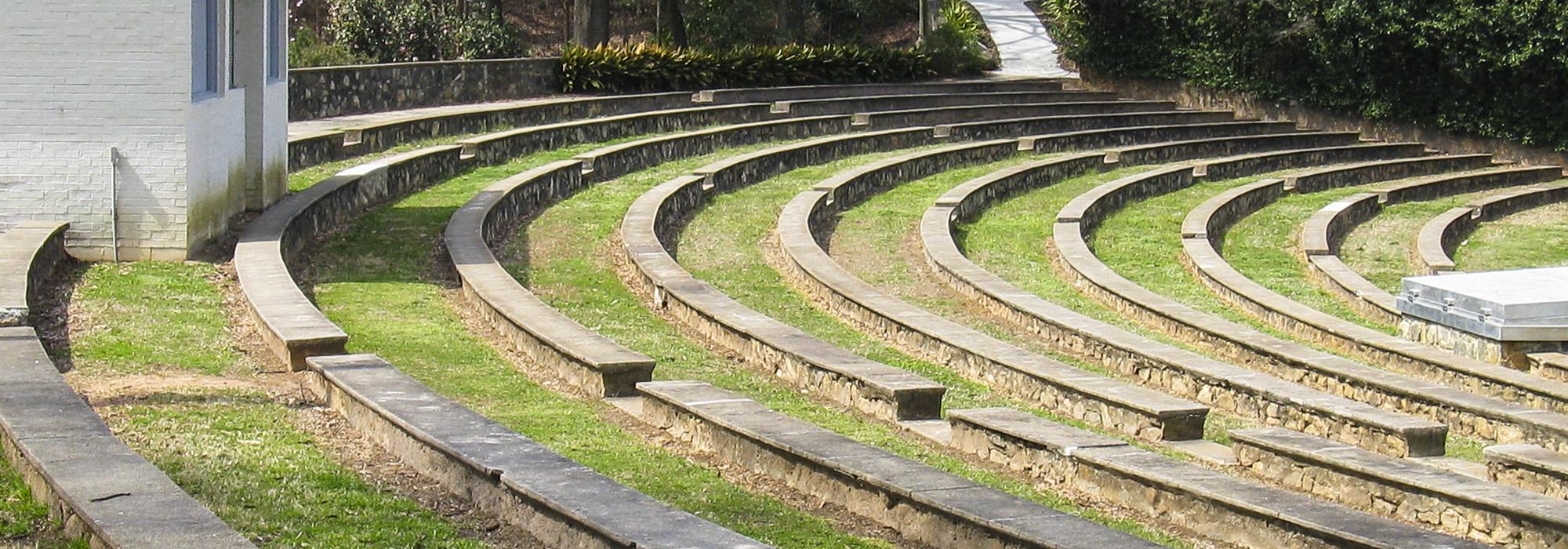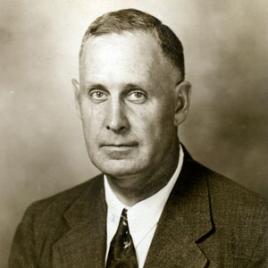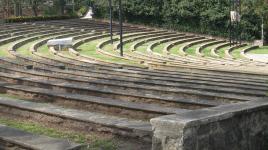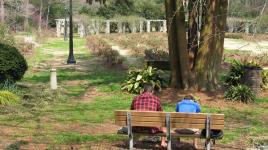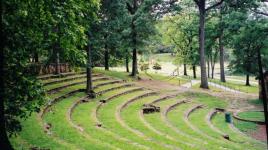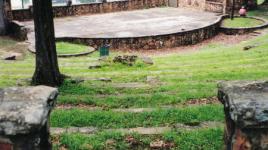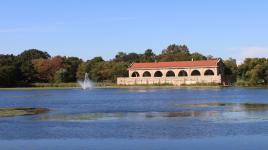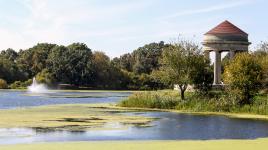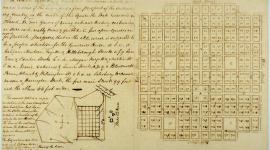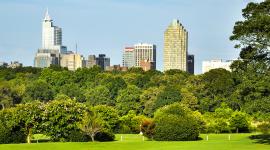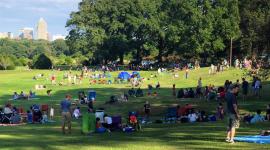Pioneer Information
Born in Geneva, Iowa, Pearse earned his B.S. from Cornell College in Mount Vernon, Iowa, in 1911 and then began a career as a school teacher. He earned an M.L.A. from Harvard in 1915 and founded the multidisciplinary Des Moines-based firm of Pearse, Robinson, and Sprague in 1919, which planned and remodeled fairgrounds in many eastern states. Between 1924 and 1928, the firm was known as Pearse-Robinson. From 1925 to 1926, Pearse served as the director of works for Philadelphia’s Sesquicentennial Exposition, set in League Island Park (now FDR Park). After moving to Alabama, he designed an amphitheater, tennis courts, and rose garden at Birmingham’s Avondale Park in 1931. He obtained his civil engineer’s license and worked for various government agencies during the 1930s, including Alabama’s Transient Bureau. After supervising park planning for the Tennessee Valley Authority from 1934 to 1936, Pearse moved to Raleigh, North Carolina, where he worked for the Resettlement Administration for two years as the regional landscape architect and designed a combination amphitheater-municipal rose garden for the Works Progress Administration in 1938. That same year, he returned to private practice, working on government commissions, institutions, and textile mills. After serving with the U.S. Army Corps of Engineers during World War II, he returned to plan almost 30 municipal fairgrounds. In 1945, he filed a patent for an improved version of a portable illuminated fountain. Pearse published articles on county fairgrounds and farmstead planning in various farm journals. He became a Fellow of the American Society of Landscape Architects in 1970. Pearse continued working into his seventies and died at the age of 86.



